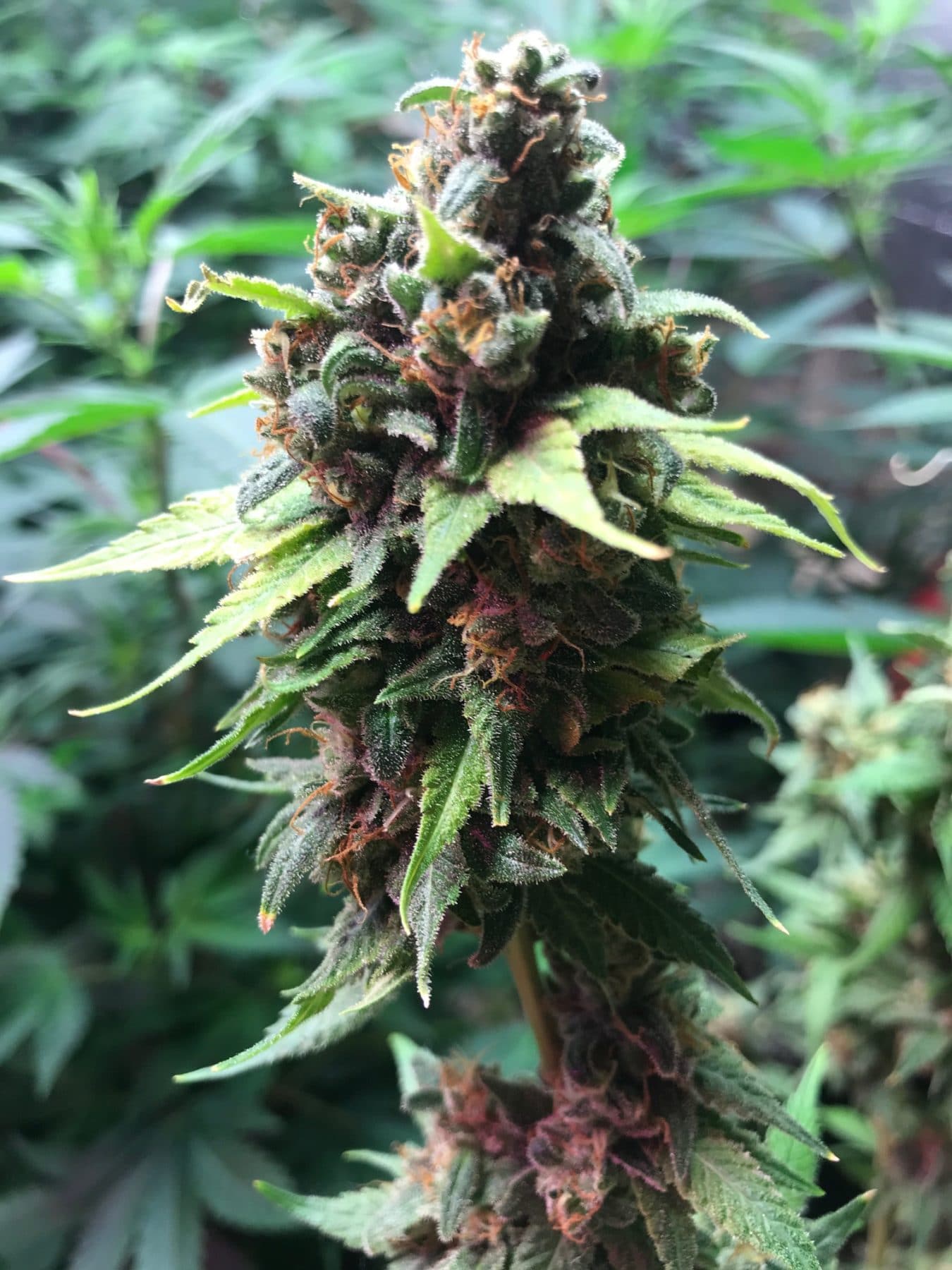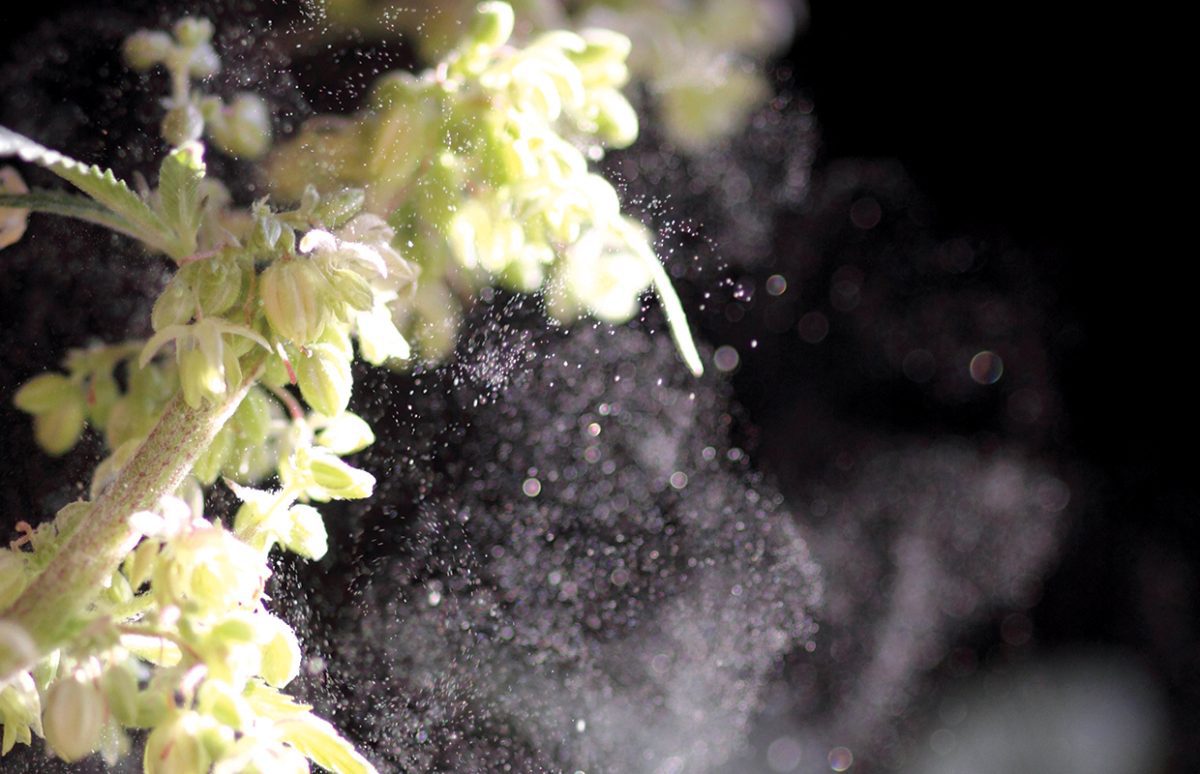Understanding Vapor Pressure Deficit for Optimal Cannabis Growth
An indoor marijuana cultivator understands that only a suitable setting for development will result in maximum growth. So, room moisture and temperature balance are essential for quality and substantial plant yields.
With a background knowledge of the water cycle and the continuous water circulation in the atmosphere, you will look at its importance in the cannabis industry.
What next is required to create the ideal grow room environment? It involves finding the vapor pressure deficit – the “sweet spot.”
A common misconception is that cannabis plant transpiration affects the relative humidity in a grow room; however, that’s not the case.
A good perspective to have when reading this article is that the room conditions affect the transpiration rate of the plant rather than the plants’ transpiration affecting the room conditions. As you will see, plant transpiration drives plant growth, and vapor pressure deficit (VPD) drives plant transpiration.
Vapor Pressure Deficit and HVAC Systems
Temperature and humidity both impact the Vapor Pressure Deficit (VPD). These factors are important to consider when deciding about facility systems, especially when selecting Heating, Ventilation, and Air conditioning (HVAC) equipment.
Altaqua is one of the best brands that offer Grow Room HVAC System, which is necessary for optimal growing conditions for your plant growth. The HVAC system does so by maintaining the right temperature and humidity in the room, and it comes with the following capacities:
- Removals of Water: 25 to 272 pints/hr
- Air Flow: 1,500 to 17,000 cfm
- Refrigeration Capacity: 6 to 65 tons
- Power Supply: 460V/3ph/60Hz, 220V/3ph/60Hz
VPD And Transpiration Rate
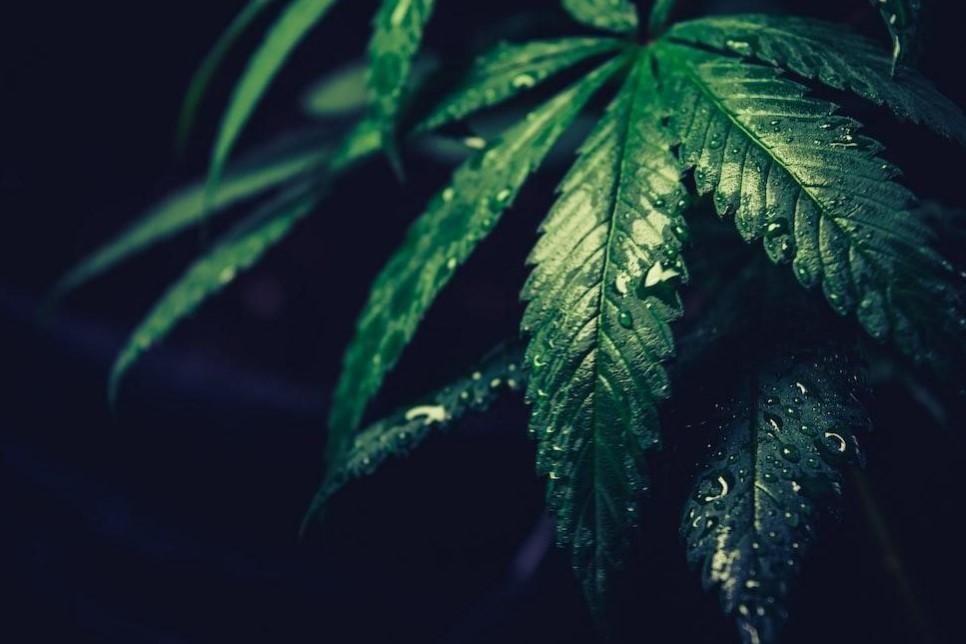
Vapor Pressure is when the liquid reaches a certain temperature before turning into a vapor. On the other hand, Vapor Pressure Deficit (VPD) is the difference between the moisture in the room air and the potential room environment that has to hold more moisture.
That said, VPD is responsible for a plant process known as transpiration, which directly impacts plant health. While transpiration is a process that occurs in plants, water and other essential nutrients move from one cell to another. It is crucial to initially examine the transpiration rate because VPD cannabis cultivation depends on your plants losing moisture through transpiration. A plant’s transpiration rate is the rate at which it loses moisture as water vapor through its stomata.
Growing cannabis plants lose 95% to 99% of the water they consume. This makes it an important step in photosynthesis, enabling plants to acquire CO2. After examining the process of transpiration, the following action is to assess your growing environment and whether it will result in healthy, high-quality plants by figuring out your VPD. It is calculated by combining temperature and humidity.
A good principle to know is that the amount of humidity in your immediate environment will increase if your VPD becomes too low to support transpiration efficiently. This means that the plant is unable to release moisture quickly. Stunted plant growth results from this restriction on the plant’s capacity to take additional nutrients and water to its roots.
The atmosphere is so dry when your vapor pressure differential is too severe, and plant transpiration is too rapidly. The plants become stressed and overdried as a result. By manipulating VDP and, thus, the pace of the plants’ metabolism, you may influence how quickly plants transpire. Depending on the level of development and the maturity of the plant’s root system, VPD objectives change.
Studying Vapor Pressure Deficit in depth is critical to understand better how it affects your plants. Finding the desired sweet spot for VPD becomes essential at this point. Two terms directly affect your grow room’s VPD- SVP and AVP.
Saturation Vapor Pressure (SVP)
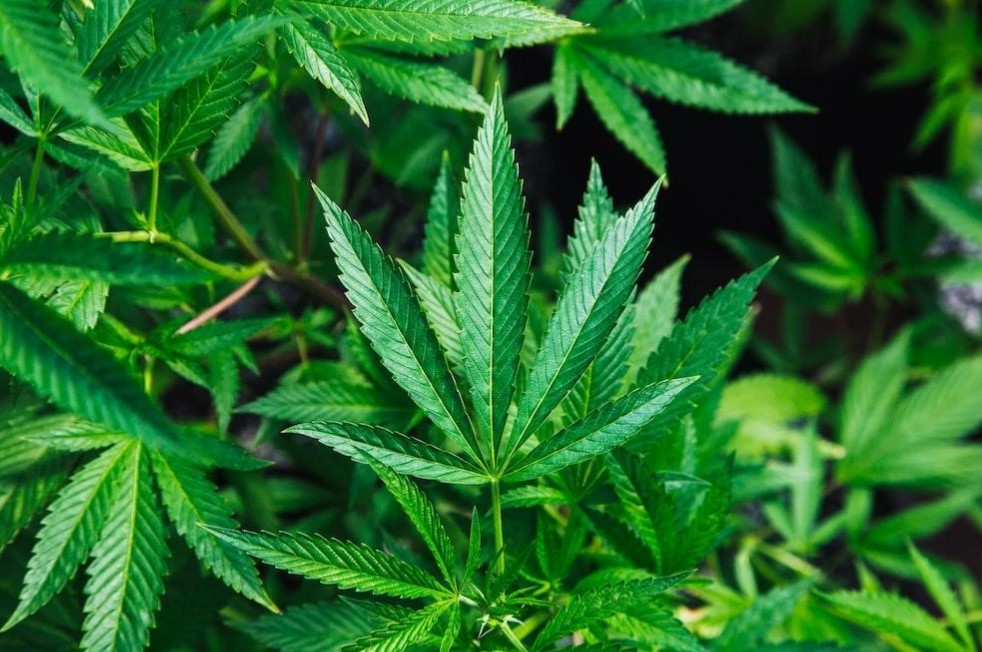
There is a maximum permissible amount for each temperature because the indoor air in your grow room has a maximum vapor capacity before returning to liquid water. The vapor condenses back into the water as dew when this limit is reached. This maximum level of water vapor the atmosphere can hold is called saturation vapor pressure (SVP).
Relative Humidity (RH) occurs at this stage, at 100%, while VPD is zero. SVP, thus, represents the maximum quantity of moisture that the air may contain, varying with temperature; air that is warmer can hold additional moisture without it being saturated. More vapor may be kept in the air with a greater SVP.
Actual Vapor Pressure (AVP)
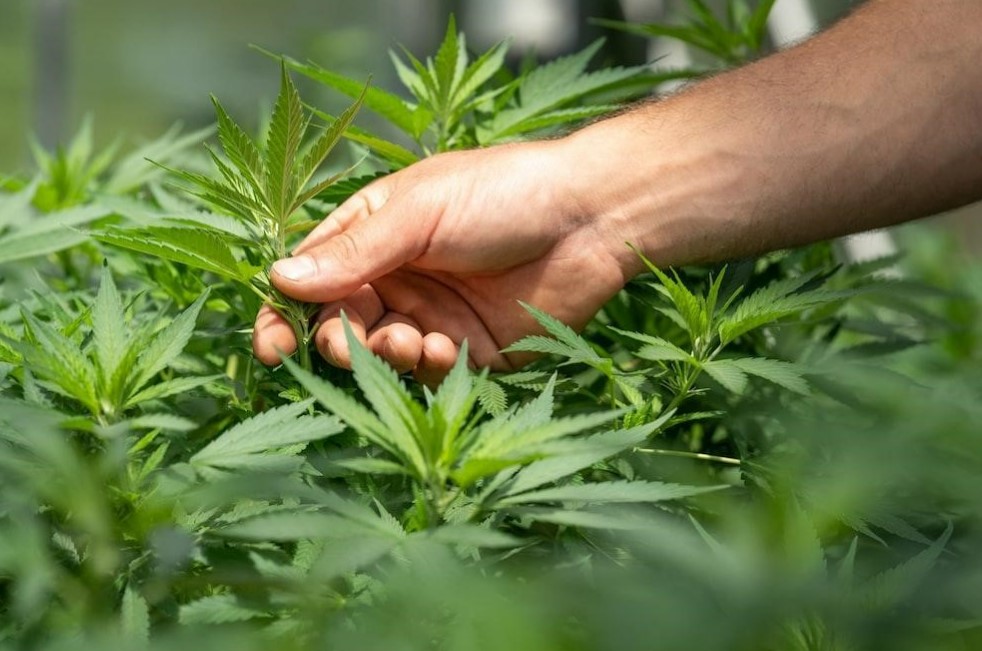
This represents the air’s constant water vapor content in your growing environment. This increases and decreases as your plants’ transpiration rates change. AVP and SVP are linked because the maximum AVP that your grow room can tolerate is the same as its SVP. You must fully comprehend these terms because they will assist you in calculating the VPD of your grow room.
Because the AVP can only rise as high as the current SVP, any extra vaporized water will become liquid in precipitation. Relative humidity (RH) is a measure of the amount of water vapor in the air relative to its maximum capacity at a given temperature, expressed as a percentage. You now know that the SVP is a vapor that can be held in the air at its greatest density. And the actual amount of vapor in the air is the AVP.
Subtract the maximum value from the actual value to calculate the deficit value.
Simply put, SVP – AVP = VPD
Bottomline
Most growers wonder why Vapor Pressure Deficit is used instead of relative humidity percentage. VPD is crucial because it directly correlates with plants’ transpiration rates, whereas relative humidity does not.
The vapor pressure is responsible for moving water vapor out of the leaves and opening the stomata pores for nutrient uptake. You know that growing room temperature and humidity levels significantly impact VPD. As a result, maintaining these factors at the proper levels ensures maximum transpiration for growing cannabis.


 Cannabis News1 year ago
Cannabis News1 year ago
 One-Hit Wonders1 year ago
One-Hit Wonders1 year ago
 drug testing5 months ago
drug testing5 months ago
 Cannabis 1011 year ago
Cannabis 1011 year ago
 Marijuana Business Daily1 year ago
Marijuana Business Daily1 year ago
 Education1 year ago
Education1 year ago
 Education1 year ago
Education1 year ago
 Cannabis1 year ago
Cannabis1 year ago




















